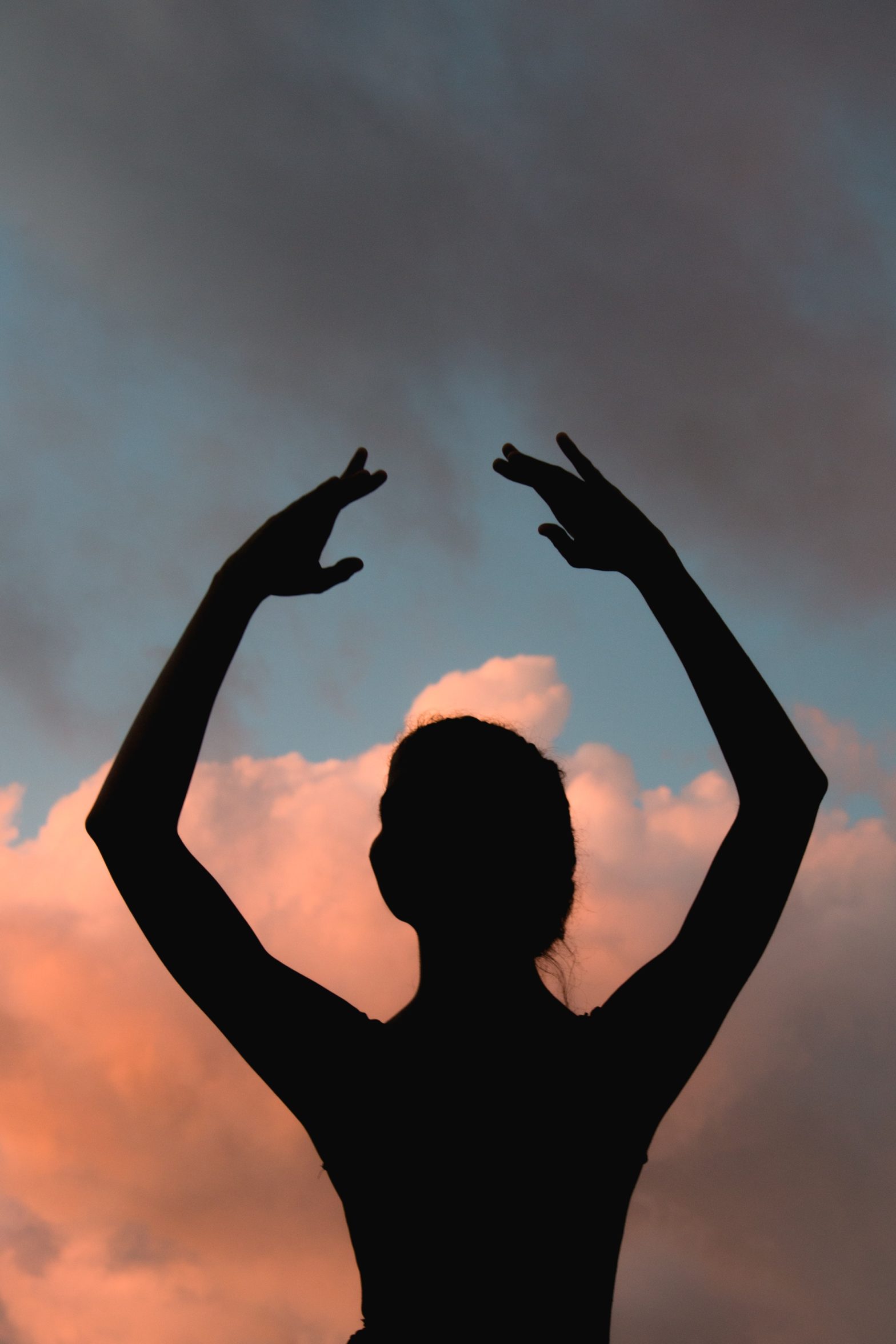There is a long-standing cultural study of and interest in the cross-over between visual arts, dance and magic. Critics have written a lot about how these forms can complement and inspire each other, and artists have often sought an interdisciplinary approach in order to expand the horizons of their particular form.
If you are interested by the over-lap between visual art and dance, ask yourself the following questions:
- How can visual art, a static form, capture the movement which is so essential to art?
- How might certain techniques (e.g. the way you use the brush in painting) assist you to evoke a sense of movement within your work?
- Is dance a superior form to literary and visual art to some degree because it is capable of movement whilst literary and visual art are by their very nature static, and also revised?
- How can you make a piece of artwork look like it has been composed in that very moment to give it the spontaneous energy of dance rather than making it look like it has been endlessly revised?
- What is the impact of dance on human emotions?
Click on the following links to watch performances which are particularly well suited to stimulating thoughts and ideas about the inter-relationship between dance and visual art:
- Isodora Duncan – modern dance – click here
- Anna Pavlova – ballet – click here
- Fred Astaire and Ginger Rogers – tap – click here
- Irish Dance group – Irish Step dance – click here
- @ Le Moulin Rouge – Cabaret – click here
Magic is rarely considered as an important art form in the way that music and literature are, but like dance, it holds the glamour of performance and can correspond to visual art in fascinating ways. If you are interested in the over-lap between visual art and magic, ask yourself the following questions:
- What role does illusion and disguise play in both forms?
- How might you photograph a magic show?
- What is unique about a magic show in comparison to a play, a comedy sketch, a dance performance or a music concert?
- What are the aesthetic qualities of a magic show? Think about costume and the elegance of card tricks…
- Think about how you see things, and then consider how both visual art and magic play tricks with perspective to achieve their end result.
Explore the following artists whose work can be considered in relation to the craft of magic:
- Escher plays with perspective and illusion a lot in his graphic art. His spatial arrangements are seemingly impossible, just as audiences find it hard to believe some of the tricks that magicians perform right before their eyes. Click here.
- Ambassadors is a famous painting by Hans Holbein which contains a hidden image within it. How might you too begin to conceal things within your work? Take a look for yourself here.
- Victor Vasarely is known for his work with optical illusion art. Experiment with this yourself and see what you manage to create. Click here to view Vasarely’s work Supernovae.
- Maria Helena Vieira da Silva is a famous abstract artist who explores the potential of space and perspective. Click here to see her work.
- hikaru zhao is known for painting realistically on the body. This makes for some truly mesmerizing creations. Take a look at her website here.
After researching all of these different avenues, see how you can explore the interrelationship of dance and magic within your own artistic work.
See also: An Interdisciplinary Approach to Writing
Amber Kennedy, Editor-in-Chief
Photo by Gustavo Tabosa from Pexels


One comment